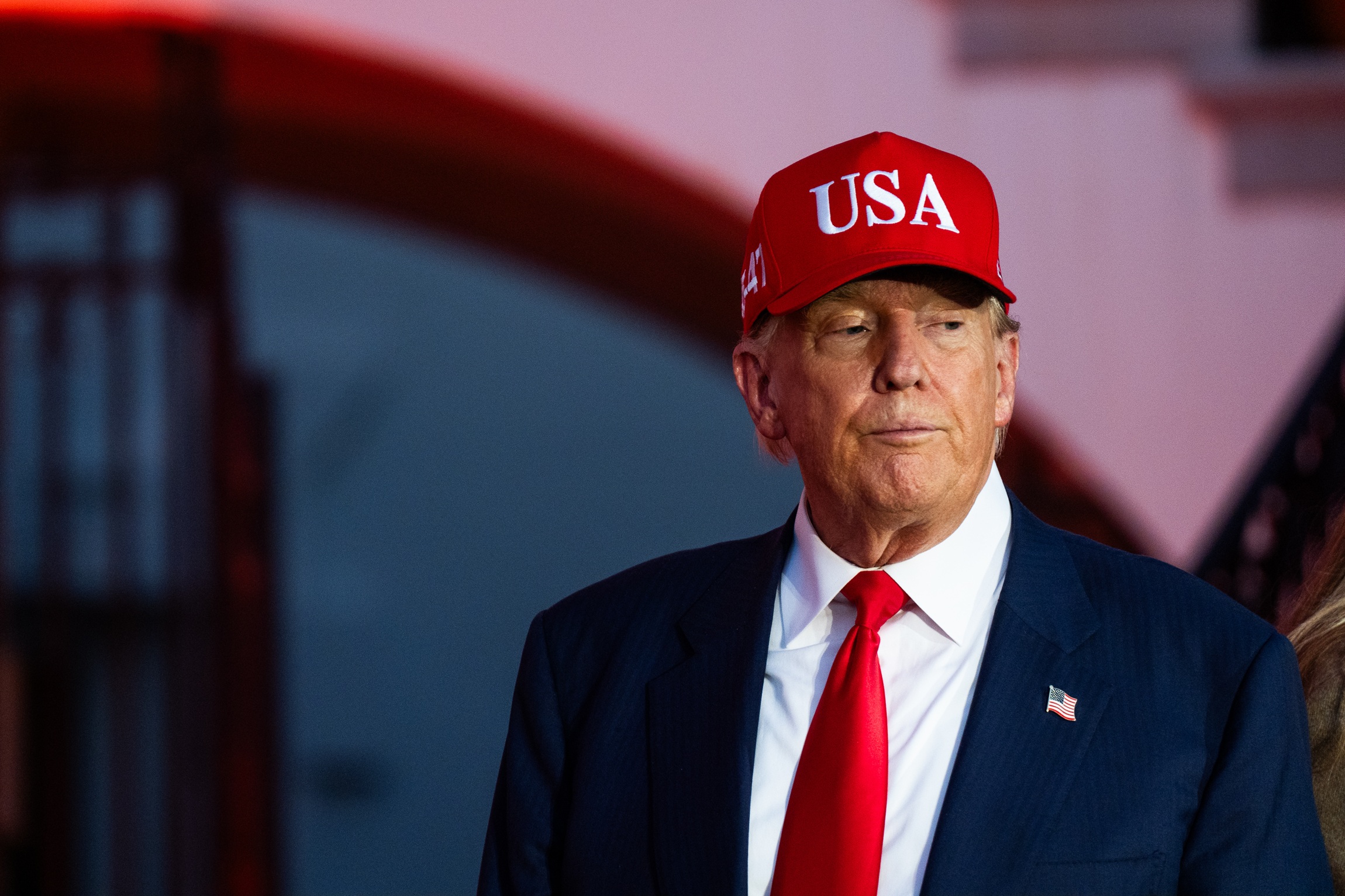Copyright truthout

For the second time in less than a week, President Donald Trump has demanded that Senate Republicans end the filibuster, suggesting that doing so would help the GOP in the midterm races next year. The filibuster is a Senate rule that allows lawmakers of the minority party to block legislation from passing. Cloture on a filibuster occurs when it obtains 60 votes — meaning that nearly every bill can only pass if it is opposed by 40 senators or less. Traditionally, the filibuster had been used sparingly. However, its use increased during the Obama administration, when Republicans utilized the rule to block as much legislation as possible, despite Democrats briefly having a majority in both houses of Congress. Now, with Republicans in charge of both houses, Democrats are filibustering their bills, including a continuing resolution to fund the government. Democrats are blocking passage of that legislation in hopes of restoring huge cuts to health care programs that were included in Trump’s budget bill earlier this year. Trump issued his lengthy call to end the filibuster on his Truth Social account Tuesday morning. “The Democrats are far more likely to win the Midterms, and the next Presidential Election, if we don’t do the Termination of the Filibuster (The Nuclear Option!),” Trump wrote. If Republicans fail to heed his call, he said, “NOTHING WILL BE PASSED, AND REPUBLICANS WILL BE BLAMED” for the next three years — referring to the remainder of his presidency and not the current congressional term. “Elections, including the Midterms, will be rightfully brutal.” Conversely, “if we do terminate the Filibuster, we will get EVERYTHING approved, like no Congress in History,” Trump said, adding that this includes “FAIR, FREE, and SAFE Elections.” Trump has frequently called for “free and fair elections” to sow distrust in elections and to justify moves — like an executive order he signed in March — aimed at making it more difficult for voters to take part in the democratic process. For example, he recently called on Republicans to pass legislation that would ban mail-in absentee/early voting across the U.S., a move that would make it harder for millions of Americans to vote. The president’s call to end the filibuster is also blatantly partisan, evidenced not only by his calls for Senate Republicans to do so now to win the midterms, but also by his evolving position on the matter. During Trump’s first term, when Republicans were the minority in the Senate, Trump was an ardent defender of the filibuster — but when they gained the majority, he again called for it to be abolished. Progressives organizations, meanwhile, have consistently called for filibuster abolition or reforms. Some liberal Democrats have also expressed support for filibuster reforms, such as limits on its ability to block votes on legislation protecting voting or reproductive rights. Much to Trump’s disappointment, Senate Majority Leader John Thune (R-South Dakota) has indicated that he and GOP leadership currently don’t have the votes needed to abolish the rule. Given that recent polls show Americans giving negative marks to the president over his policies, it’s unclear why Trump believes Republicans can win voters through passing an onslaught of legislation, should they end the filibuster. With the White House, Senate, and House of Representatives all in Republicans’ control, a recent NBC News Survey found that more than 6 in 10 Americans (61 percent) believe the country is on the “wrong track,” while fewer than 4 in 10 (37 percent) say things are going in the “right direction.” The poll also found that Democrats are currently ahead of Republicans when it comes to which party voters prefer to control Congress following next year’s midterms, with 50 percent preferring that Democrats take leadership of both houses and 42 percent preferring Republicans. Trump’s own popularity is also way down, with a recent Economist/YouGov poll showing him with a net approval rating of -19 points. He also polls negatively on several issues, including abortion (-17 points), education (-19 points), jobs/the economy (-22 points), climate change/environment (-22 points), and inflation/consumer prices (-31 points).



